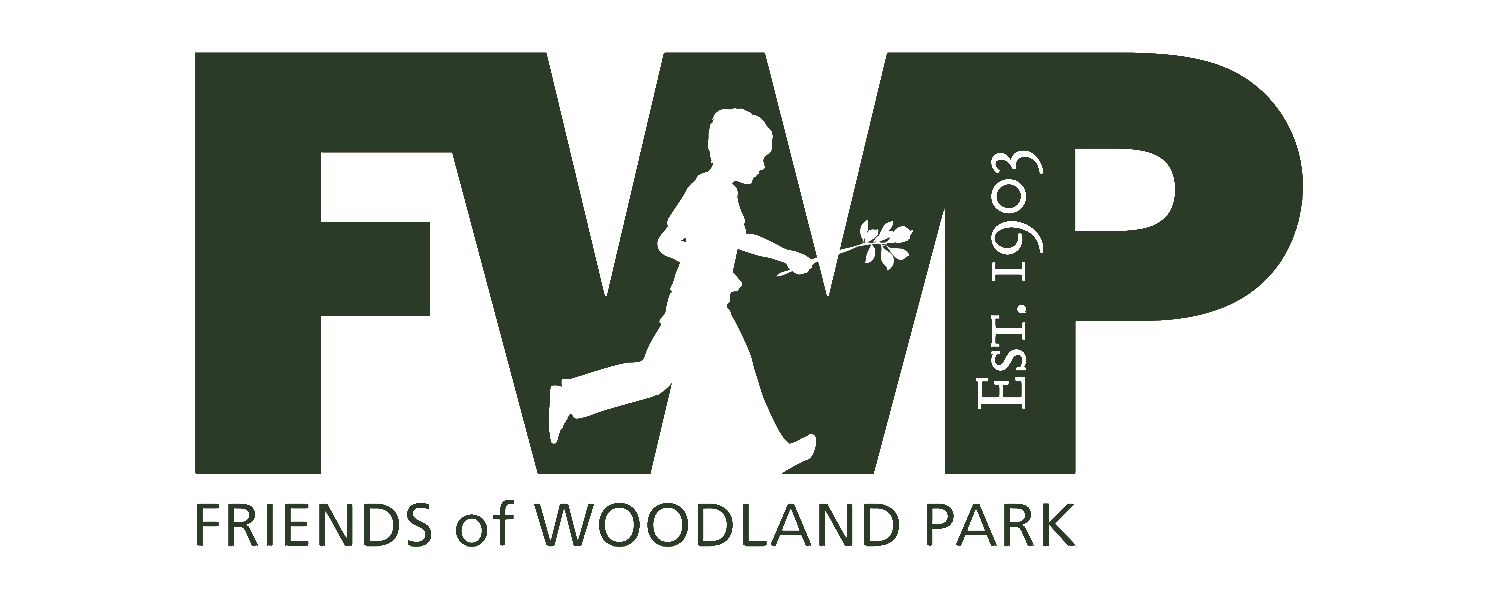Orange-cheeked Waxbill
The Orange-cheeked Waxbill (Estrilda melpoda) is a common species of estrildid finch native to western and central Africa, with an estimated global extent of occurrence of 3,600,000 km². This species prefers to nest close to or directly on the ground in tangled clumps of tall grass. They will collect the surrounding grass stems together, especially old seed heads (panicles), helping to camouflage the structure. Fine white feathers line the interior where 3-6 tiny white eggs will be incubated for 13 days. Fledglings leave the nest around 23 days looking similar to their parents but sporting duller orange ear coverts for the first few months.
Orange cheeks like a lot of grass. They eat the seed heads, they forage at its roots for tiny insects, and build their nests directly in it. Some open tall shrubbery and dead, scraggly branches should be provided for roosting. The floor should be composed of a good, dry substrate. Otherwise, the enclosure should have stands of clump and/or runner grasses and reeds which grow 40 cm or taller. Care should be taken to establish walkways through the grass for maintaining the habitat so nests will not be stepped on.
Orange cheeks will nest in colonies or as single pairs. As noted, they usually prefer a location in a dense clump of grass or other very low vegetative growth. Nests may even be placed directly on the ground, which is why it should be kept as dry as possible. This location also begs invasion by vermin such as mice and rats, so rodent control is imperative. A feather pillow provides a good supply of fine feathers for lining.


